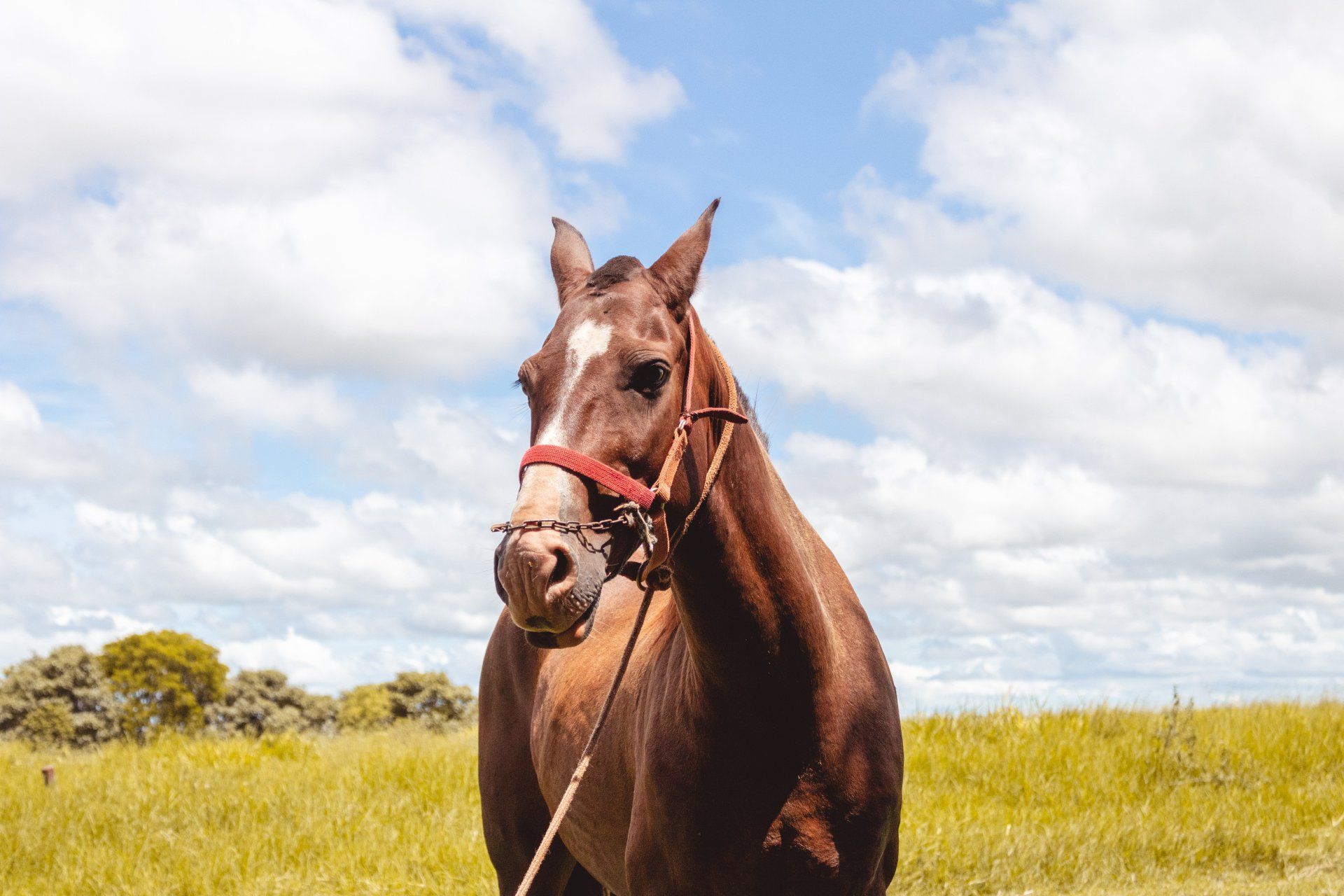New Cat Vaccination Guidelines and Protocols
American Association of Feline Practitioners
Everyday, ongoing research discovers new things that lead to changes in the way that we do things. One of the newest developments in veterinary medicine is the new American Association of Feline Practitioners (AAFP) cat vaccination guidelines. The AAFP conducting research looking at the duration of immunity of the most common cat vaccines. This is intended to answer the question: how long does that vaccine actually last? They are also looking at the most important vaccinations and risk factors for cats. It is through these efforts that the AAFP has recently announced new vaccine guidelines. These new guidelines are designed to best protect your cat against various diseases. At the same time, it is our goal to give your feline friend the fewest number of vaccinations as possible.
To begin with, the AAFP has identified three groups of cats and designed vaccine protocols for each group. These groups are low risk, medium risk and high risk. There are not exact black and white lines to identify these groups, which makes a thorough history during the annual physical examination all the more important.
Below is an explanation of each group:
HIGH RISK: These are cats that spend a lot of time outside. These cats are often exposed to other cats in the area, making them prone to various diseases. They also tend to fight more often, which makes them vulnerable to additional diseases, such as Feline Immunodeficiency Virus (FIV). FIV requires a bite wound for transmission, while Feline Leukemia Virus ( FeLV) requires just contact with saliva.
MEDIUM RISK: This is probably the grayest area to categorize cats. They that have a medium or moderate risk of exposure. They include multiple cat households, cats that are outside for short periods of time, and cats that have access to screen doors and screened in porches/ windows. These cats are not likely to get into fights, but can come into contact with stray cats through the screens. These cats are at risk of the "core" cat viruses, as well as FeLV.
LOW RISK: These cats are the ones that have no access to other cats. They are at a very low risk for contracting diseases. The easiest example is a spayed or neutered cat that has been declawed on all four paws and lives in a single cat household within an apartment building.
The AAFP still feels that the most important aspect of feline care and preventive care is the comprehensive medical examination. This is in agreement with our practice philosophy of emphasizing the physical examination above all other aspects of care. The Akron Barberton Veterinary Clinic prides ourselves as being the trendsetter for animal care in the Akron, Barberton, Norton, and surrounding areas of Summit and Stark counties. We are constantly remaining on the cutting edge of veterinary medicine and are looked to with respect by other veterinarians in the area. Please check out our additional articles that further explain the new guidelines.
Written by Dr. Jeff Fink on behalf of Orrville Veterinary Clinic, Inc. for use on the website of Akron Barberton Veterinary Clinic.












